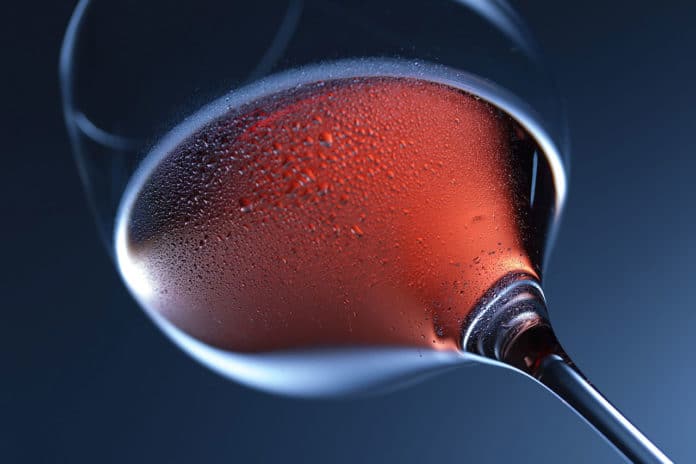While there is a generally decent comprehension of the impacts of microgravity on human physiology dependent on five many years of experience, the physiological outcomes of partial gravity remain less understood. Until now, no model can potentially replicate partial gravity, for example, that experienced on Mars, which would be critical to help sustain long-term missions and ensure a safe return to Earth.
As the new space race hurtles forward, Harvard researchers are asking: how do we make sure the winners can still stand when they reach the finish line?
A new study has finally given an answer: suggesting that resveratrol substantially preserves muscle mass and strength in rats exposed to the wasting effects of simulated Mars gravity.
Dr. Marie Mortreux, lead author of the NASA-funded study at the laboratory of Dr. Seward Rutkove, Beth Israel Deaconess Medical Center, Harvard Medical School said, “After just 3 weeks in space, the human soleus muscle shrinks by a third. This is accompanied by a loss of slow-twitch muscle fibers, which are needed for endurance.”
“To allow astronauts to operate safely on long missions to Mars – whose gravitational pull is just 40% of Earth‘s – mitigating strategies will be needed to prevent muscle deconditioning. Dietary strategies could be key, especially since astronauts traveling to Mars won’t have access to the type of exercise machines deployed on the ISS.”
Resveratrol is a strong compound commonly found in grape skin and blueberries. It has potential o preserve bone and muscle mass in rats during complete unloading, analogous to microgravity during spaceflight.
Shedding light on its potential, scientists have speculated that a moderate daily dose would help mitigate muscle deconditioning in a Mars gravity analog as well.
To mimic Mars gravity, the analysts used a methodology originally created in mice by Mary Bouxsein, Ph.D., additionally at Beth Israel Deaconess, in which rats were fitted with a full-body harness and suspended by a chain from their cage ceiling.
Thus, 24 male rodents were presented to normal loading (Earth) or 40% loading (Mars) for 14 days. In each group, half received resveratrol (150 mg/kg/day) in water; the others got only the water. Else, they sustained uninhibitedly from a similar chow.
Calf circumference and front and rear paw grip force were measured weekly, and at 14 days the calf muscles were analyzed.
And the outcomes were astonishing, suggesting that the ‘Mars’ condition weakened the rats’ grip and shrank their calf circumference, muscle weight, and slow-twitch fiber content.
Resveratrol supplementation almost entirely rescued front and rear paw grip in the Mars rats, to the level of the non-supplemented Earth rats. In addition, resveratrol completely protected muscle mass (soleus and gastrocnemius) in the Mars rats, and in particular, reduced the loss of slow-twitch muscle fibers. The protection was not complete, though: the supplement did not entirely rescue average soleus and gastrocnemius fibers cross-sectional area or calf circumference.
Dr. Mortreux said, “Previous resveratrol research can explain these findings. A likely factor here is insulin sensitivity. Resveratrol treatment promotes muscle growth in diabetic or unloaded animals, by increasing insulin sensitivity and glucose uptake in the muscle fibers. This is relevant for astronauts, who are known to develop reduced insulin sensitivity during spaceflight.”
“The anti-inflammatory effects of resveratrol could also help to conserve muscle and bone, and other anti-oxidant sources such as dried plums are being used to test this. Further studies are needed to explore the mechanisms involved, as well as the effects of different doses of resveratrol (up to 700 mg/kg/day) in both males and females. In addition, it will be important to confirm the lack of any potentially harmful interactions of resveratrol with other drugs administered to astronauts during space missions.”
The study is published in the Frontiers in Physiology.
